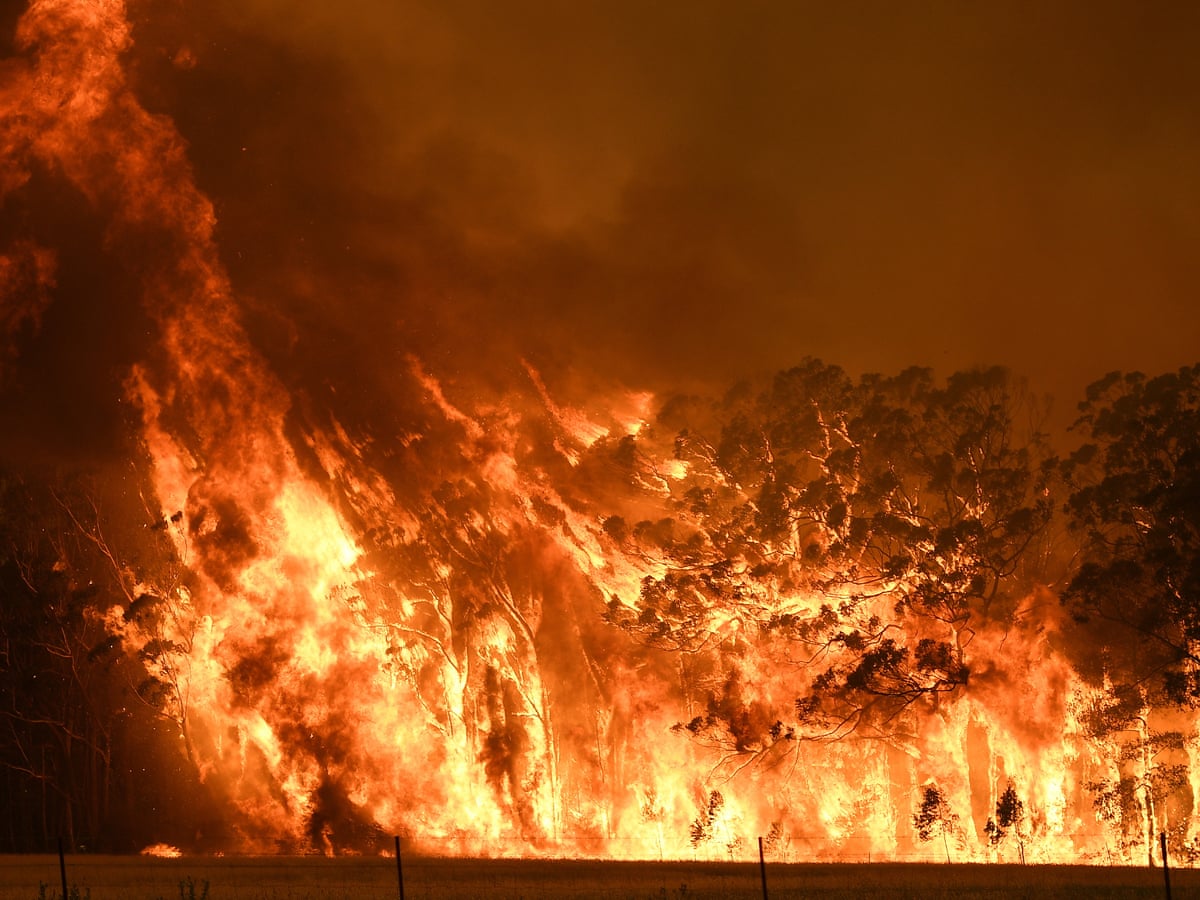Proactive Property Security: Leveraging the Insights of a BAL Report
Proactive Property Security: Leveraging the Insights of a BAL Report
Blog Article
How BAL Report Impacts Bush Fire Protection Procedures
In the world of bush fire security, the Structure Attack Degree (BAL) report stands as an important tool that considerably affects the security and durability of residential properties in fire-prone locations - BAL Report. The effect of a BAL analysis expands far past simple documentation; it acts as the cornerstone for determining the suitable building criteria and fire protection actions needed to minimize the risks posed by bushfires. As neighborhoods face increasingly extreme fire seasons, comprehending how the BAL record shapes these safety procedures ends up being critical for policymakers, property owners, and home builders alike
Comprehending the Bushfire Attack Level

Significance of BAL Report Evaluation

Additionally, the BAL report evaluation functions as a foundational step in abiding with lawful obligations and requirements related to bushfire protection. Regional councils and authorities typically mandate the entry of a BAL report as component of the preparation and structure authorization procedure to ensure that residential or commercial properties are properly safeguarded against bushfire risks. Falling short to carry out a detailed BAL record assessment can cause insufficient defense actions, leaving homes susceptible to ravaging bushfire occurrences.
Construction Requirements Based on BAL
A thorough understanding of the Bushfire Strike Degree (BAL) enables home proprietors to carry out building criteria customized to their details risk account. Construction standards based on BAL are critical in mitigating the effect of bushfires on homes. The BAL ranking classifies the prospective threat a residential property encounters during a bushfire on a range from BAL-Low to BAL-FZ (Fire Area)
Applying Fire Protection Measures
With the structure of building and construction criteria based on Bushfire Strike Degree (BAL) in position, the Check This Out focus now shifts towards the practical application of fire security steps to strengthen buildings against bushfire hazards. Implementing fire protection actions involves a combination of passive and active methods to enhance the durability of structures in bushfire-prone areas. Passive steps consist of utilizing fireproof structure products, installing ember guards on vents, sealing voids in wall surfaces and roof coverings, and keeping a clear room around the residential or commercial property devoid of flammable vegetation. Energetic measures incorporate having firefighting equipment conveniently offered, such as tubes and water pumps, in addition to producing a defendable area around the residential property by getting rid of plant life and having a well-maintained yard. In addition, developing an emptying strategy and making certain all locals recognize emergency procedures are vital parts of efficient fire security actions. By incorporating both passive and energetic strategies, buildings can considerably reduce their vulnerability to bushfire incidents and increase the anonymous safety of owners.
Safeguarding Homes Against Bushfires
Properly guarding homes versus the harmful effects of bushfires calls for a thorough and aggressive approach to fire protection steps. Additionally, securing vents and gaps to stop cinder breach, as well as incorporating fire-resistant doors and home windows, can aid strengthen the home's protection versus bushfires. By accepting a proactive stance and integrating these protective procedures, homeowners can considerably boost their chances of safeguarding their homes against bushfires.
Final Thought
In final thought, the Bushfire Strike Level (BAL) record plays a crucial role in establishing the required defense procedures against bushfires. Executing fire protection steps based on the BAL record is essential in guarding residential properties from potential bushfire hazards.
In evaluating bushfire threat to residential or commercial properties, recognizing the Bushfire Attack Degree (BAL) is a critical part for applying effective security procedures. Overall, a clear understanding of the Bushfire Attack Degree is essential for implementing ample defense actions and mitigating the impact of bushfires on residential properties.

Report this page